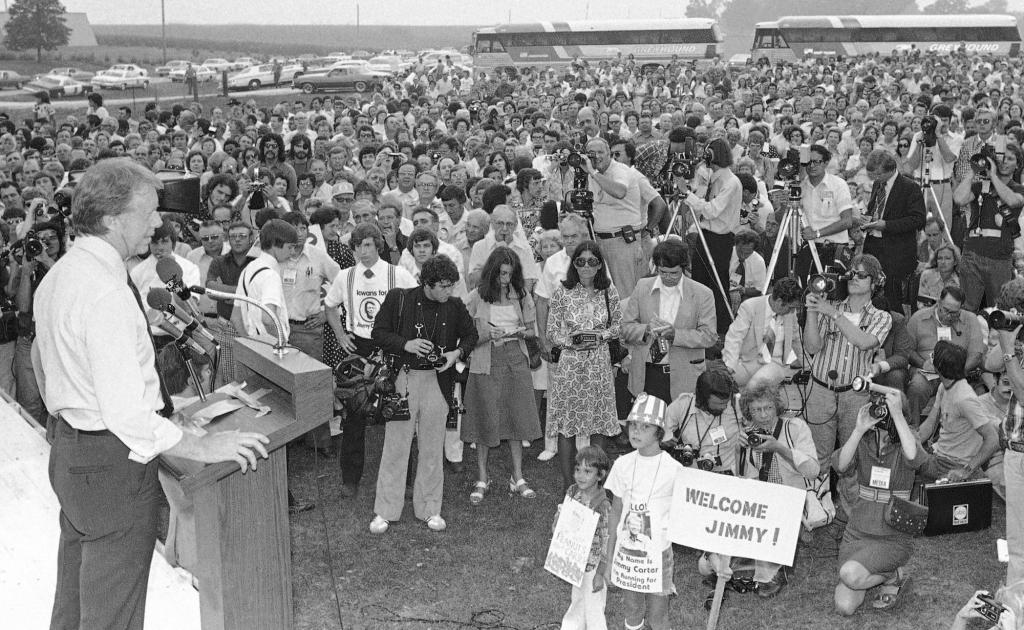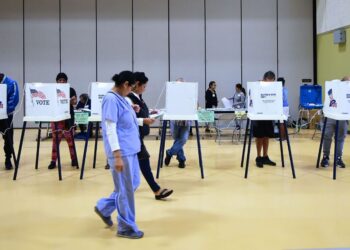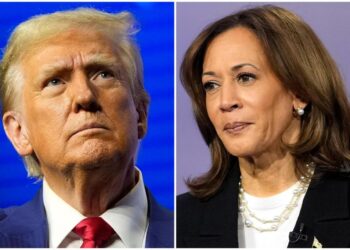By WILL WEISSERT and STEVE PEOPLES (Associated Press)
Iowa assumed its position as the state that votes first for a presidential nominee more than 50 years ago. But its 1972 caucuses didn’t feel very historic.
Two folding tables at state Democratic Party headquarters were enough to accommodate all staff and media present. No TV cameras rolled. Results from around the state trickled in on two phone lines because the party didn’t want to pay for a third. Just one person, a then-25-year-old anti-Vietnam War activist who helped engineer the Iowa caucuses, did the counting.
“I did borrow a memory calculator to speed up the process,” recalled Richard Bender, now 78, with a laugh. “That was state of the art.”
“We did not have any clue how big this was going to get,” he said.
So big that the Iowa caucuses became an entrenched part of U.S. politics and launched some unexpected candidates toward the White House. In 1976, Iowa propelled former Georgia Gov. Jimmy Carter, the little-known one-time peanut farmer. In 2008, the state gave Illinois Sen. Barack Obama his first win over Hillary Clinton, one of the most storied names in Democratic politics.
But when Iowa’s Republican caucuses start the 2024 election process on Monday, the way voters begin choosing the two major parties’ nominees will look different.
The order in which states vote has changed. So have some of the rules.
It’s a sign of our tumultuous politics, and also how the two front-runners — President Joe Biden and former President Donald Trump — have moved party levers to give themselves an advantage, at times sowing chaos and confusion.
HOW DID IOWA BECOME FIRST TO VOTE?
The way that presidential nominees are selected has changed significantly over the years — and hasn’t always involved the will of the voters.
For decades during the 1900s the process was dominated by state and local party bosses, giving rise to the notion of the “smoke-filled room,” where top…
Read the full article here







